 Just added to the page of free Printables:
Just added to the page of free Printables:
Five-Finger Pattern Review (b’s) worksheet
This worksheet is intended as a review of all the major five-finger patterns (5FPs) with flats; however, using the “WWHW” pattern template, students can easily figure out any 5FPs that they might not already be familiar with. This worksheet will help students become more familiar with the accidentals needed for each FFP and what each FFP looks like when played on the keyboard.
A worksheet such as this works well in group lessons, or as an extra theory assignment for the private lesson.
To download, visit the Printables > Worksheets page and scroll down the F’s for the “Five-Finger Pattern Review worksheet.”
This worksheet corresponds to previously posted Five-Finger Pattern Review worksheet for FFPs with #’s.




 Developing a good sense of rhythm is one of the most challenging parts of being a piano teacher. It’s not something that arrives overnight, and it’s something that must be maintained as the student advances to music with more advanced rhythms and time signatures. It truly is something that must be developed.
Developing a good sense of rhythm is one of the most challenging parts of being a piano teacher. It’s not something that arrives overnight, and it’s something that must be maintained as the student advances to music with more advanced rhythms and time signatures. It truly is something that must be developed.
 What happens when you have to give a performance but your mind is preoccupied with all sorts of crazy stuff going on in your life?
What happens when you have to give a performance but your mind is preoccupied with all sorts of crazy stuff going on in your life?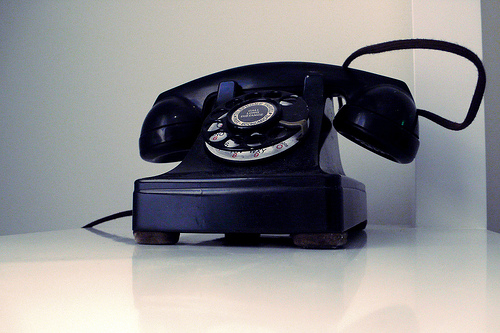
 When potential students’ parents call, do you struggle with figuring out what to say on the phone? What information are they looking for, anyway? This post offers some ideas and suggestions.
When potential students’ parents call, do you struggle with figuring out what to say on the phone? What information are they looking for, anyway? This post offers some ideas and suggestions.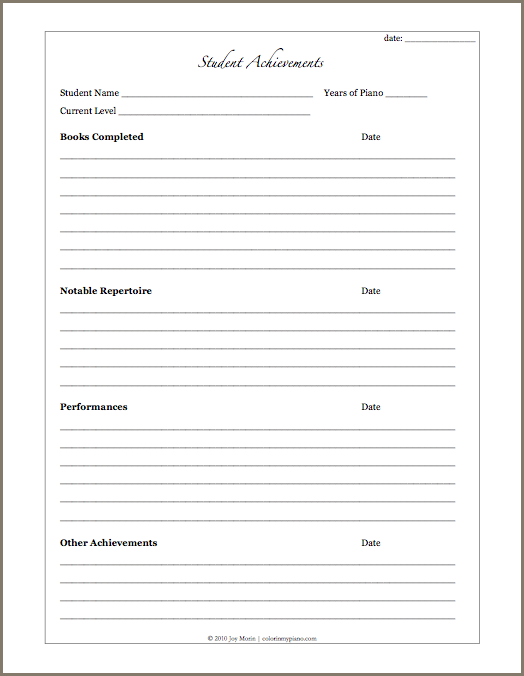
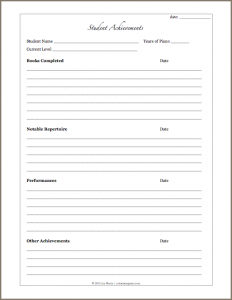
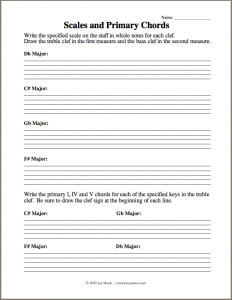



 At a piano lesson this week, I observed my student grow increasingly frustrated with herself whenever she made a mistake. She would “growl” at herself and start back at the beginning of the phrase.
At a piano lesson this week, I observed my student grow increasingly frustrated with herself whenever she made a mistake. She would “growl” at herself and start back at the beginning of the phrase.
 This month’s discussion topic:
This month’s discussion topic: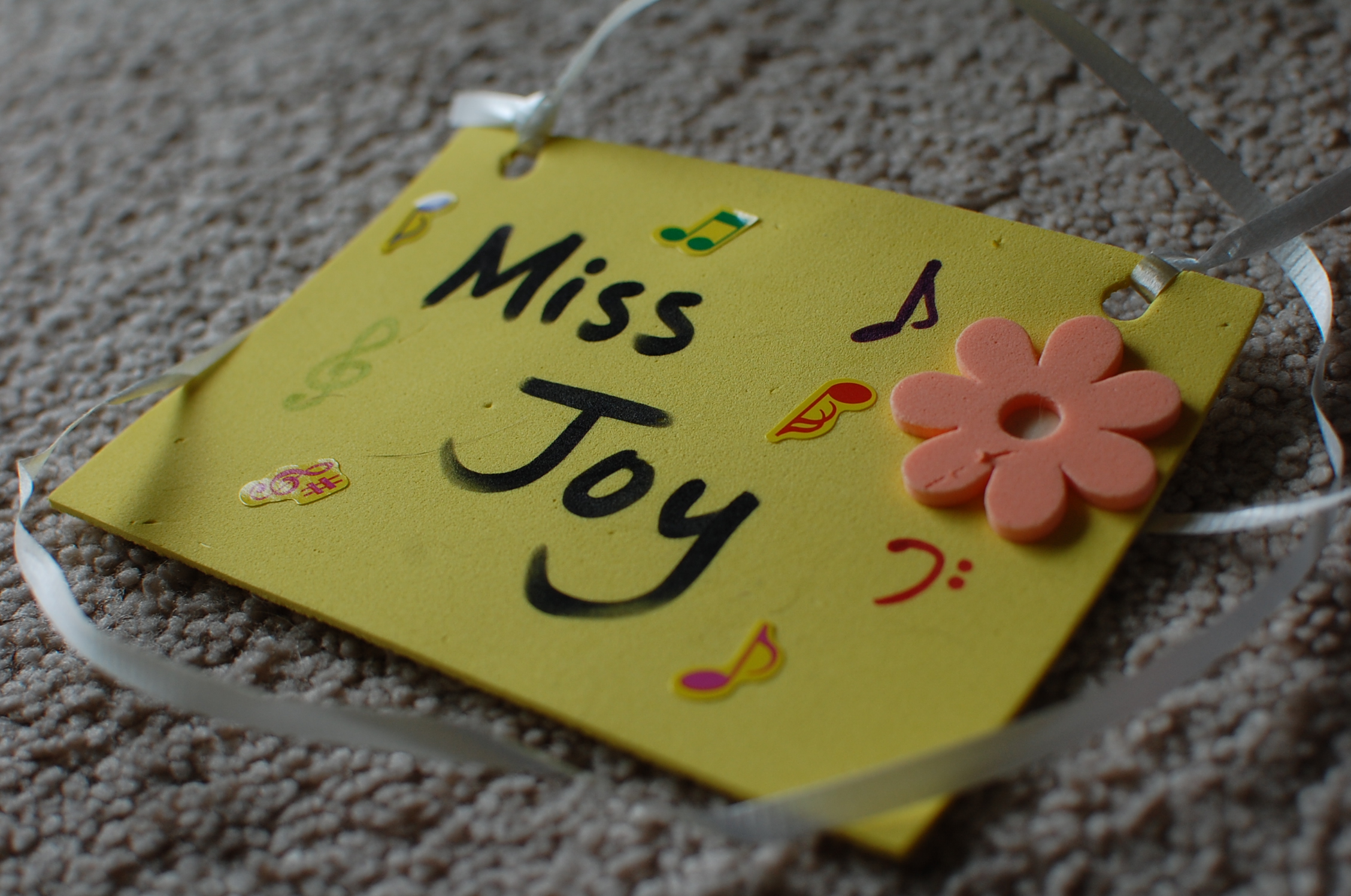
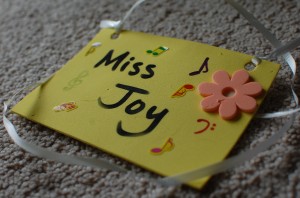
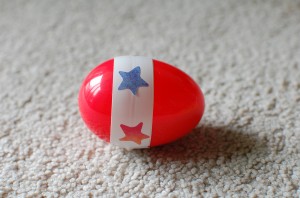

 Last week, a colleague of mine and I held a summer piano mini-camp with the help of our piano professor. Here’s what we did:
Last week, a colleague of mine and I held a summer piano mini-camp with the help of our piano professor. Here’s what we did: